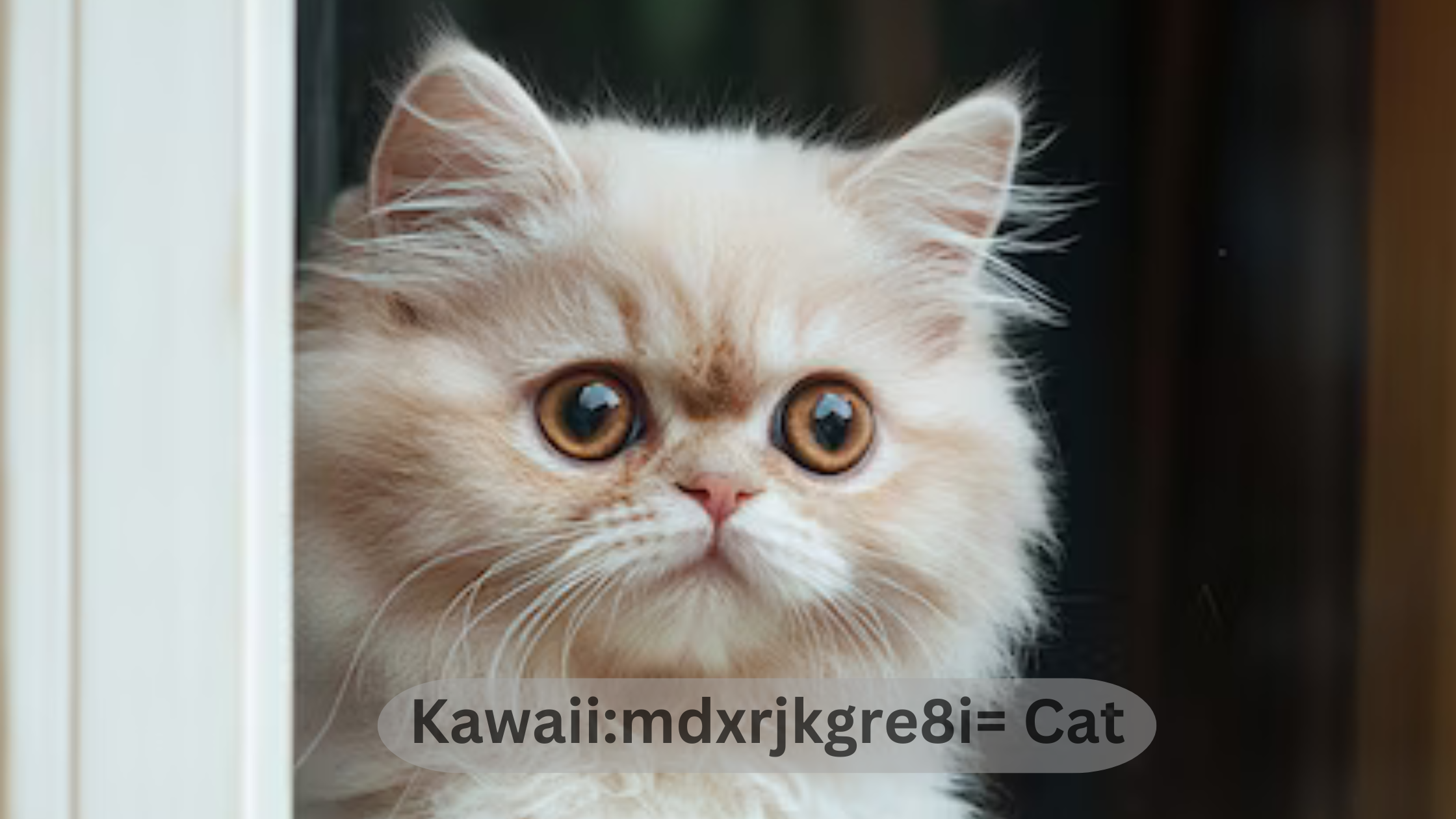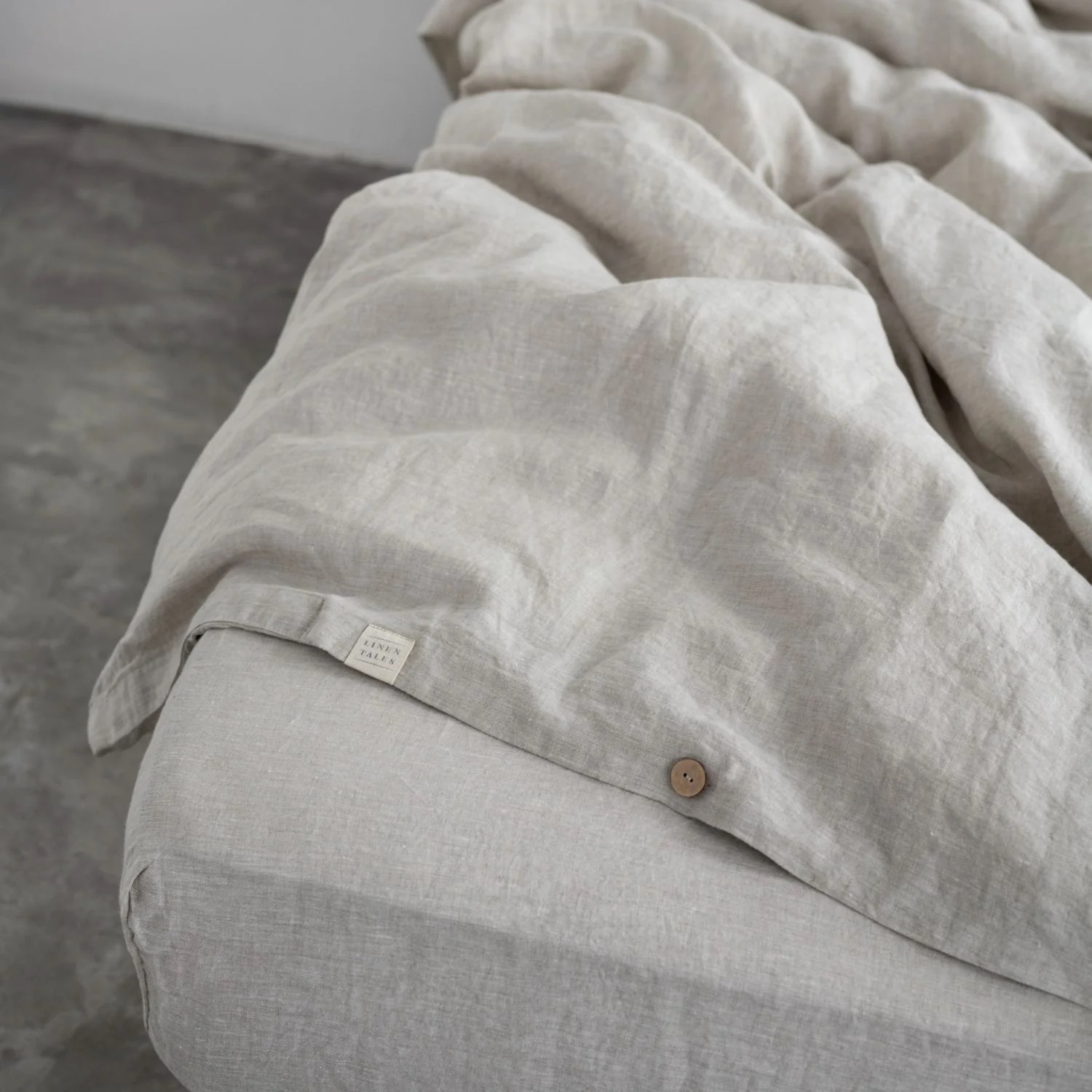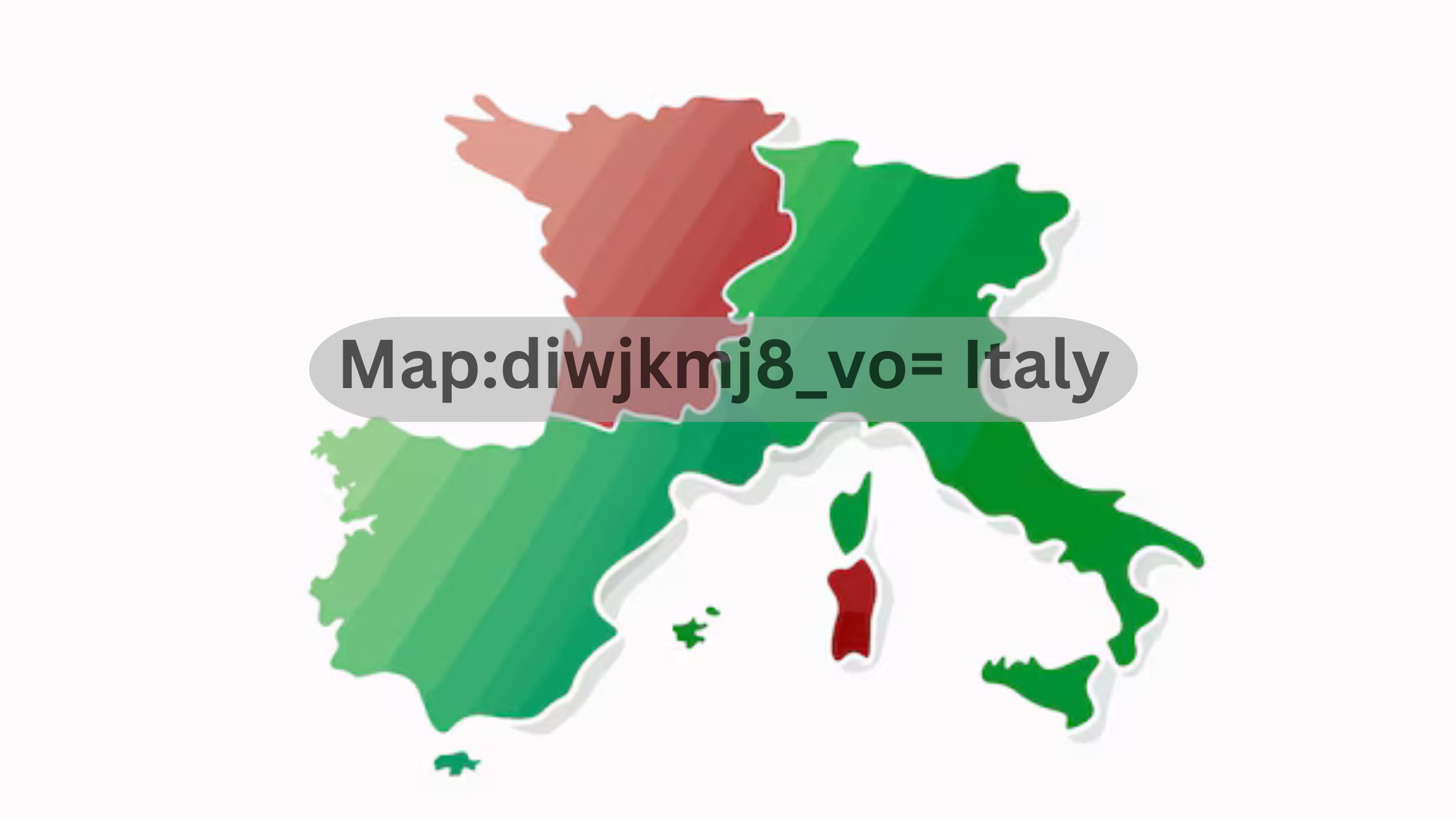Kawaii:mdxrjkgre8i= Cat, the embodiment of adorable charm, captures the hearts of people worldwide. These cats, often depicted in various forms of art, merchandise, and even digital spaces, embody the essence of “kawaii” – a Japanese term that means cute. From their wide-eyed expressions to their playful antics, kawaii cats have become iconic symbols of sweetness, gentleness, and pure joy. In this article, we’ll dive into the world of kawaii cats, explore why they are so beloved, and how they have influenced various aspects of pop culture.
The Origins of Kawaii:mdxrjkgre8i= Cat
Kawaii:mdxrjkgre8i= Cat culture finds its roots in Japan, where “kawaii” as a concept began gaining popularity in the 1970s. The term, which translates to “cute” or “adorable,” became associated with everything from fashion to art.
Cats, being graceful yet playful creatures, naturally became part of this cultural movement. From Hello Kitty to anime-inspired cat characters, kawaii cats represent an idealized form of innocence and charm.
Their appeal lies not only in their physical traits—such as big, round eyes and soft fur—but also in their behaviors, which are often anthropomorphized in popular media. A kawaii cat might be depicted engaging in human-like activities, further enhancing its cuteness.
The Iconic Look of Kawaii:mdxrjkgre8i= Cat
When you think of a Kawaii:mdxrjkgre8i= Cat, the first thing that comes to mind is their irresistibly cute appearance. These cats typically feature exaggerated facial expressions, big eyes, tiny mouths, and often blushing cheeks. This exaggerated cuteness is what makes them so appealing to fans of the kawaii aesthetic.
The colors of kawaii cats are often pastel or soft tones, further enhancing their gentle, innocent look. In illustrations and merchandise, these cats are sometimes shown with accessories like bows, ribbons, or hats, adding to their playful charm.
Why Are Kawaii:mdxrjkgre8i= Cats So Popular?
Kawaii:mdxrjkgre8i= Cats have gained worldwide popularity for several reasons. First, their adorableness triggers an emotional response known as “cuteness overload.” Psychologically, humans are drawn to childlike features in animals and characters, such as big eyes and small bodies, which are often associated with innocence and vulnerability.
Second, kawaii cats are versatile. They can be playful, lazy, shy, or mischievous—traits that people find endearing. Whether in cartoons, video games, or even real-life pets dressed in cute outfits, kawaii cats capture a broad spectrum of emotions, making them relatable to a diverse audience.
Finally, the rise of internet culture and social media has contributed significantly to the popularity of kawaii cats. Memes, viral videos, and GIFs featuring these adorable felines have only further cemented their place in global pop culture.
Kawaii:mdxrjkgre8i= Cats in Fashion and Merchandise
The influence of Kawaii:mdxrjkgre8i= Cat extends far beyond digital media. You’ll find these cats on clothing, accessories, stationery, and even home decor. Their cute faces are emblazoned on everything from T-shirts to backpacks, allowing fans to carry a piece of the kawaii culture with them wherever they go.
In Japan, kawaii cats are often featured in “kawaii culture” cafes where customers can interact with real cats that embody the same cuteness as their cartoon counterparts. These themed cafes provide a space where visitors can enjoy snacks and drinks while being surrounded by adorable felines.
How to Bring Kawaii:mdxrjkgre8i= Cat Vibes to Your Space
If you’re looking to add some Kawaii:mdxrjkgre8i= Cat charm to your personal space, there are countless ways to do so. Start with small, cute figurines or plush toys of kawaii cats, which can instantly brighten up any room. You can also find kawaii cat-themed pillows, blankets, and wall art that add a cozy, adorable touch to your home.
For digital spaces, kawaii cat wallpapers or phone cases featuring these adorable felines are a great way to showcase your love for the aesthetic. The key is to focus on soft colors and playful designs that bring a sense of joy and comfort.
The Role of Kawaii:mdxrjkgre8i= Cat in Mental Health and Wellbeing
Believe it or not, Kawaii:mdxrjkgre8i= Cat imagery can have a positive impact on mental health. Studies have shown that looking at images of cute animals, including cats, can trigger positive emotions, reduce stress, and improve focus. This is particularly true for kawaii cats, whose gentle and innocent appearances evoke feelings of warmth and happiness.
Many people find that incorporating kawaii cat imagery into their daily lives—whether through art, media, or personal interactions with real cats—helps boost their mood and provides comfort in times of stress.
Kawaii:mdxrjkgre8i= Cat in Art and Animation
The influence of Kawaii:mdxrjkgre8i= Cat extends to the world of art and animation. From traditional Japanese art forms to contemporary anime, these cats have been a recurring theme. They often serve as symbols of friendship, love, and good fortune. In anime, kawaii cats are portrayed as sidekicks, helping the main characters on their journeys or simply being there to offer emotional support.
In visual art, kawaii cats are often depicted in whimsical, dream-like settings, further enhancing their magical charm. Their presence in animation and art continues to inspire both artists and audiences worldwide.
Conclusion: The Enduring Appeal of Kawaii:mdxrjkgre8i= Cat
Kawaii:mdxrjkgre8i= Cat culture continues to captivate people across the globe with its irresistibly cute charm. Whether through merchandise, digital art, or real-life interactions, these adorable felines bring joy and warmth to the hearts of many. As symbols of innocence, playfulness, and love, kawaii cats have earned their place in both pop culture and daily life. Embracing the kawaii cat aesthetic is more than just an appreciation for cuteness—it’s a celebration of happiness, creativity, and positivity.











